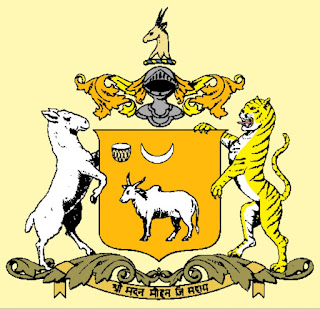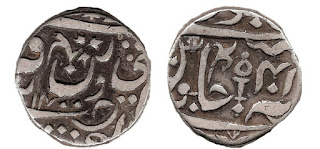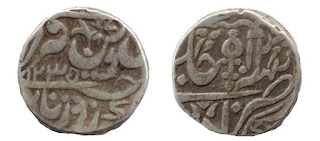People may think about postage stamps as documenting history, as artwork, or as commemorative objects lauding important events. However, postage stamps also have the ability to create or change history. One such Nicaraguan stamp created both American and world history by playing a role in the completion of the Panama Canal.
On August 15, 1914, the Panama Canal officially opened when the S.S. Ancon steamed through from the canal's Atlantic to Pacific side. The canal, 82 km long waterway was an engineering marvel at that time, and the result of thirty years of toil. The Panama Canal, completed in 1914 by the United States after construction by the French, was an important innovation in sea travel in the early 20th century because it created an easy connection for ships traveling between the Atlantic and Pacific Oceans. The canal saved time in a journey that would otherwise have taken a ship from the East Coast around Cape Horn, at the southern tip of the Americas to the west coast. This journey would have been about 14,000 miles or around five months. While a canal built in Central America would reduce travel time. It was not always inevitable that this canal was going to be built in Panama.
The various routes proposed for a possible link
In the early 1900s, American politicians wanted to build a canal to bridge the distance between the Atlantic and Pacific Oceans, but were divided on where to build it, in Panama or in Nicaragua. Many members of Congress originally viewed Nicaragua as a safer choice when planning where to construct the canal The first attempt by the French to construct a navigable canal between the Caribbean Sea and the Pacific Ocean was stopped by landslides, an outbreak of malaria and yellow fever causing the death of almost 22,000 workers and a financial loss of almost 187 million dollars.
When the US Canal Commission took up the project they initially proposed an alternative, much longer route, that passed through Nicaragua. Phillippe Bunau-Varilla, an engineer who'd also been involved in the French project, was convinced that the terrain of Nicaragua was even more hostile for the construction of a canal, and set out to lobby the US Congress in favour of the Panama route.
From a stamp dealer in Washington, he purchased 500 Nicaraguan stamps depicting the smoking Mount Momotombo, located near Lake Nicaragua where the proposed Nicaragua Canal would pass. He sent a letter prominently featuring the stamp and a note reading ''An official witness to volcanic activity in Nicaragua'' to every US Senator and member of the House of Representatives.
This stamp is an example of one of the 1900 Nicaraguan stamps sent by Buanu-Varilla to members of the Congress. The reference to industry in the foreground and the smoking Mt Momotombo in the background, 10 Centavos postage stamp
Bunau-Varilla message was simple. if active volcanoes are so common in Nicaragua that they feature so prominently on stamps, this was not the right country to build a canal. When voting took place the next day, the majority of politicians voted for the Panama route, and in 1904 construction work on the canal resumed. The Canal was completed on 15 August 1914.
Spanish labourers in the Canal, 1914 (Library of Congress)
Just one year later, Nicaragua's Mount Momotombo erupted.
Postage stamp that changed history

















































